RDT receives FDA clearance for Tempus Pro advanced medical monitor
R DT is pleased to announce that, following CE and other market approvals, it has received 510k clearance by the US Food and Drug Administration for the addition to the Tempus Pro medical monitor of: 12 Lead ECG recording interpretation, real-time arrhythmia detection, ST and QT monitoring and alarming (unique to a fully-featured pre-hospital transport monitor) an additional two channels of invasive blood pressure (four in total), Masimo rainbow® SET® co-oximetry, video laryngoscope and ultrasound.
DT is pleased to announce that, following CE and other market approvals, it has received 510k clearance by the US Food and Drug Administration for the addition to the Tempus Pro medical monitor of: 12 Lead ECG recording interpretation, real-time arrhythmia detection, ST and QT monitoring and alarming (unique to a fully-featured pre-hospital transport monitor) an additional two channels of invasive blood pressure (four in total), Masimo rainbow® SET® co-oximetry, video laryngoscope and ultrasound.
Tempus Pro is a portable vital signs monitor intended to be used by clinicians and medically qualified personnel for the attended or unattended monitoring of single and multiple vital signs in clinical and pre-hospital care applications. Used as a stand-alone monitor or as a telemedicine system (transmitting patient data to other medical professionals located elsewhere), Tempus Pro is indicated for adults, paediatrics and neonates.
12 lead interpretation provides detailed analysis of recorded ECG’s, including:
Rhythm statements – there are 69 different statements including the reporting of detected Arrhythmias;
Morphology statements – there are 121 different statements including ST analysis;
Waveform summary measurements – this includes; QT and QTc interval measurements, PR interval, QRS duration, P duration, P axis, QRS axis and T axis.
Real-time arrhythmia detection algorithm provides continuous monitoring of the ECG waveform for various life threatening arrhythmias including; ventricular tachycardia and ventricular fibrillation. Each identified arrhythmia triggers an alarm and waveform snapshots which can be easily accessed on the monitor from an event list.
Multiple channels of ST are measured along with the combined QT of the ECG signal and results presented on the home screen and clearly graphically trended over time.
Tempus Pro now offers a total of up to four channels of invasive pressure. For the first time critical care users, such as CCATT teams, can have four lines of invasive pressure on a single fully-featured pre-hospital monitor.
Related Stories
Widespread use of unnecessary antibiotics drives up avoidable healthcare costs
C Diff Foundation to present 2014 “Raising C.difficile Awareness” conference in November
The Miriam Hospital receives Primary Stroke Center certification for fifth consecutive year
Unlike other pre-hospital transport monitors on the market Tempus Pro offers all of the Masimo rainbow® functions. The addition of all six measurements represents a significant step, as this provides clinicians with a high level of real time information to help inform their clinical decisions. Masimo rainbow® extended pulse oximetry enables continuous and immediate measurements of blood constituents and fluid responsiveness non-invasively. RDT’s clearances include: PVI, PI, carboxy haemoglobin (SpCO®), metheglobin (SpMet®), total haemoglobin (SpHb®) and total oxygen content (SpOC™).
Importantly, all medical parameters are trended in both graphical and tabular format. Trends are particularly important for values such as SpHb® and are easily accessed by just one finger press.
The addition of video laryngoscopy means the monitor can be used as a video laryngoscope whilst still monitoring in real time. The image can be viewed with key parameters on the screen or can be maximised. Images of the process and correct intubation can be captured and automatically stored in the patient record. Likewise with the point-of-care pre-hospital ultrasound capability which is a critical tool in the evaluation of patients with thoracoabdominal trauma.
RDT’s Director of Systems Engineering and Test, Dr Leigh Cornock, comments, “These advances demonstrate RDT’s commitment to on-going development of the Tempus Pro transport monitor, launched in June last year. Expanding the monitor’s capabilities to included video laryngoscopy and ultrasound demonstrate RDT’s proposition of providing users with the ability to leverage more capability from the box they are already carrying. As such we believe Tempus Pro sets a new benchmark in pre-hospital vital signs monitoring and that the bar has been raised yet again.”

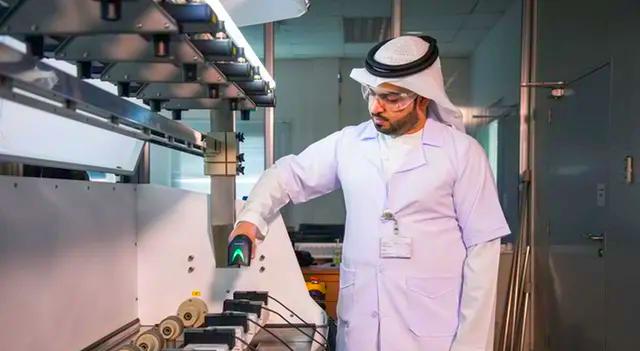
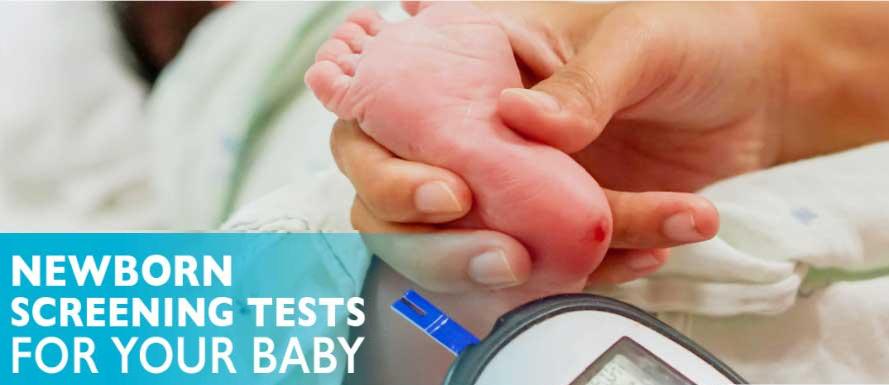

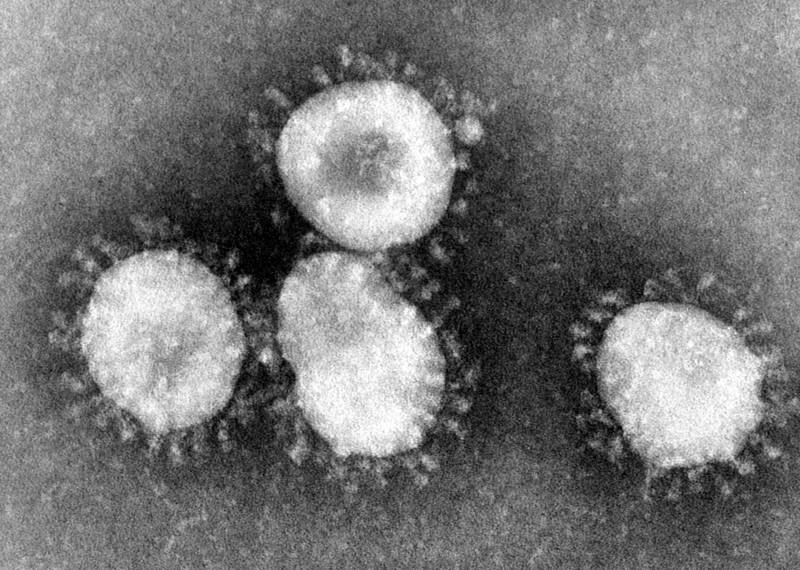

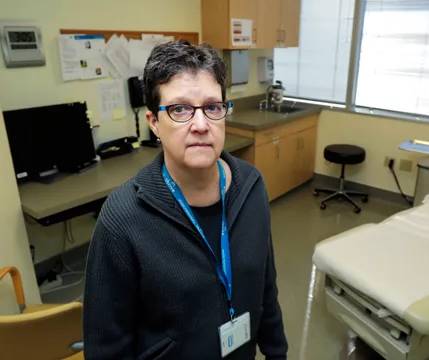

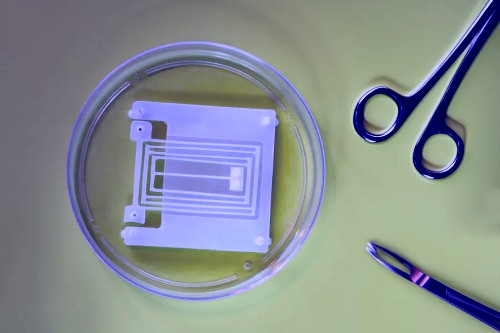
Post Comment
You must be logged in to post a comment.